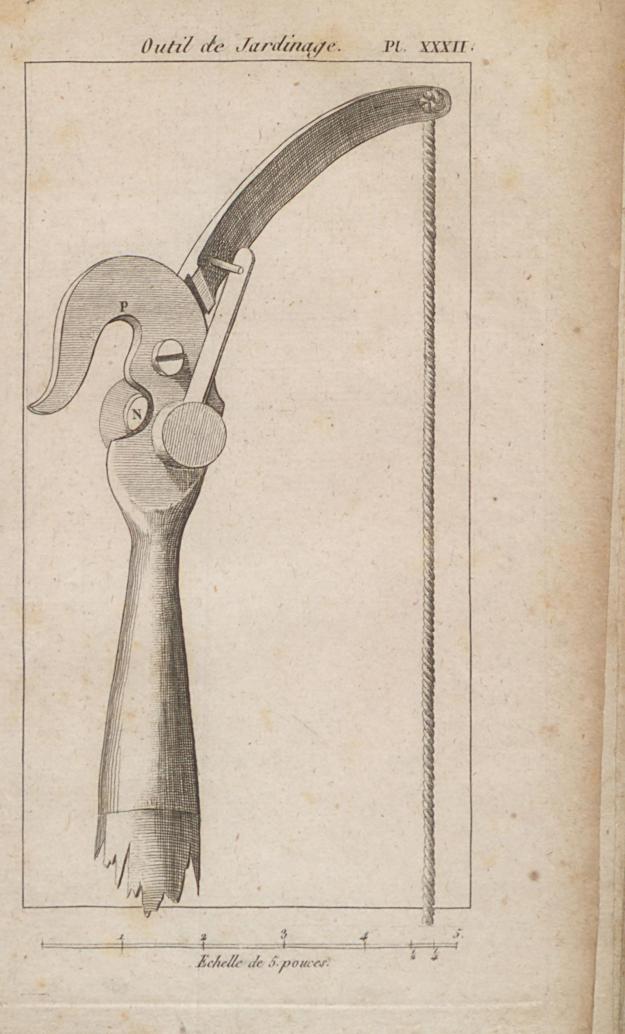
New for 1942 – Burpee’s yellow cosmos front cover of the W. Atlee Burpee Co. Seed Growers Catalogue (via archive.org)
In mid-January, with its cold, short days and spring still some distance over the horizon, many of us delight in browsing through the new season’s seed catalogues. Whether we consult a paper catalogue, or visit a website, both immerse us in a colourful world of new growing possibilities and provide a welcome reminder of summer days to come.
But as we place our orders, who are the people who will receive and process them, fill the seed packets, package them up and post them to us? In this remarkable photographic project from 1943, Arthur S. Siegel takes us into the heart of operations at seed dealers W. Atlee Burpee in Philadelphia to meet the staff keeping the supply of vegetable and flower seeds flowing to its customers during World War II.
The project was commissioned by the Office of War Information as part of a country-wide record of the role played by US companies in the war effort. At once we notice the large number of women employed at W. Atlee Burpee, working across the roles, in administration, testing seed samples for viability, and operating the machines that sorted seeds into their packets. The men are generally above conscription age – although there is one young man working in the vast storage and packing department. The caption of a photograph showing a young woman sweeping the floor explains that she is doing the man’s job of a janitor due to the war.
The W. Atlee Burpee Company was established in 1876 and by the time David Burpee took over the business from his father in 1915, it was estimated to be the largest seed company in the world, employing 300 people and distributing over a million of its catalogues each year. Whereas Atlee was focused primarily on vegetables, David liked flowers and produced dozens of new varieties of marigolds, nasturtiums and petunias. David Burpee also ran the Victory Gardens campaign aimed at city dwellers and teaching them how to grow their own food during the produce shortages caused by World War II.
As a large company W. Atlee Burpee supplied farms and market gardens in the United States, as well as individuals. Siegel’s photographs show rows of seed sacks ready for dispatch to agricultural businesses across the United States, while others are labelled for shipping around the world, to England, Ireland and South Africa. The photograph of the company’s enormous Philadelphia building underlines of the scale of the enterprise.
The atmosphere at the warehouse seems busy and focused; the piles of order forms on workers’ desks and heaps of packages waiting for posting indicating the important role of growing food during wartime. But the wartime catalogues continue to feature plenty of flowers alongside the vegetables, and these are given pride of place on the occasional colour pages of these mostly black and white publications.
Planning the garden and choosing some favourite flowers is the gardener’s annual response to this dormant season and the new year – but perhaps now, as in the 1940s, it’s also a response to uncertain times – sowing some seeds as an act of hope and optimism.

Exterior of the W. Atlee Burpee seed plant, Philadelphia 1943 photographed by Arthur S. Siegel (Library of Congress)

Sealing envelopes containing seed

Order assembler standing next to racks containing seed packages

Finding seed package in seed rack

Feeding envelopes to seed counting machines

The cashier totaling individual orders

Operator of a seed counting machine

Interior of the bulk seed warehouse

Bags of seed to be sent to England

Wrapper with packages of seed ready for the mail

Orders in trays before they are packed for shipment

Measuring bulk seed order

Seed packages arranged in seed rack

Mailing department – the envelopes are to be sealed and stamped

Typing address labels on a flat bed typewriter

Punching code information on mailing stencils

Testing seeds for germinating qualities

Storage of bulk seeds

Mailing department – the envelopes are to be sealed and stamped

Checking seed order against catalog

Weighing the outgoing mail

Germinating seeds after they have been removed from the oven

Accountant assembling the day’s returns

Checking an order against the catalog

Bulb storage racks

Women with a typical display rack of Burpee seeds

Seed filling machine

Due to the War the janitor is a girl

Outdoor sign over doorway entrance

Burpee’s Wildfire New Single Marigolds 1941

W. Atlee Burpee Co. Seed Growers, Philadelphia
Order form from the 1941 Catalogue

W. Atlee Burpee Co. Seed Growers, Philadelphia
1941 Catalogue

Burpee’s New and Better Vegetables 1942

Burpee’s new Calendulas – the X-Ray Twins ‘Glowing Gold’ and ‘Orange Fluffy’ 1942

Back cover of the catalogue 1942
Further reading:
Library of Congress: Arthur S. Siegel’s photographs of the W. Atlee Burpee Company
W. Atlee Burpee Company Seed Catalogue 1941
W. Atlee Burpee Company Seed Catalogue 1942
The Smithsonian Libraries: Biographies of American Seedsmen and Nurserymen















